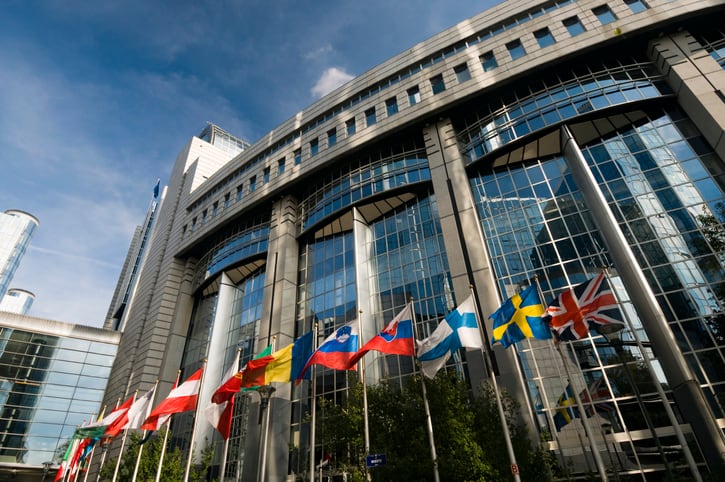The Commission has added a total of 23 CMR chemicals to its prohibited substances list under Article 15 of the Cosmetics Regulation 1223/2009 due to their “long-term and serious effects on human health”. Banned CMRs include Pyrithione zinc, Silicon carbide fibres and Flurochloridone.
Announced last Friday, the ban was set to come into force on March 1, 2022 for all cosmetic products on the EU market – imported and EU-made – and marked the fourth annual update to the regulation restricting and/or prohibiting the use of CMR substances in cosmetic products; part of the CMR Omnibus IV regulation that was drafted on June 18, 2021.
“Over the years, the EU has significantly reduced citizen’s exposure to harmful chemicals. The Commission constantly evaluates how to further enhance the protection of consumers based on technical and scientific progress,” the European Commission said in a statement.
Full details on the EU regulation on CMRs can be found here.
Full list of 23 prohibited CMRs
Below is the full list of 23 CMR substances set to be banned from March 1, 2022. The table, provided by the European Commission, includes the chemical name, Chemical Abstracts Service (CAS number) and European Community (EC) number.
Trade association Cosmetics Europe told CosmeticsDesign-Europe it supported the annual CMR Omnibus process that this latest update formed a part of, noting it was a "predictable" process and "method of ensuring alignment between different pieces of legislation".




